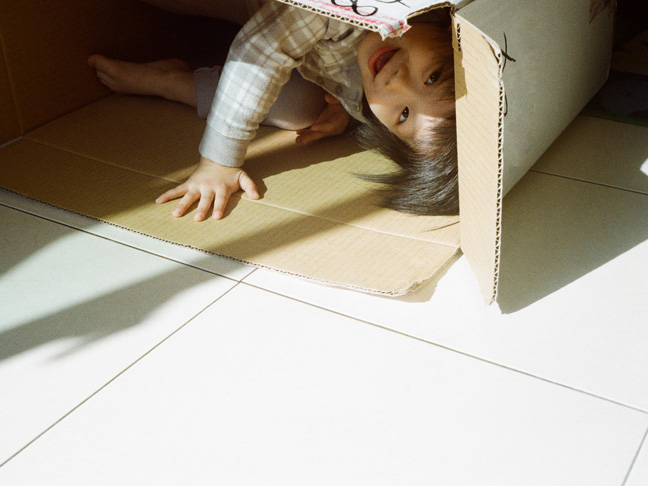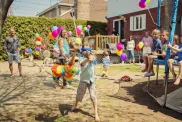Hide-and-seek is a classic kid’s game, right? But, when a child got lost after a hide-and-seek game in my backyard, I had to call 911. Since then, I won’t let my kids play hide-and-seek anymore. And, here’s the thing: I’m not the only one with safety concerns about hide-and-seek. In 2015, the game was banned from Ikea stores after 32,000 people signed up via Facebook to play games of hide-and-seek in a handful of Dutch stores. An Ikea spokesperson cited safety concerns as the reason for the ban. Back in 2012, a 3-year-old girl in Kentucky suffocated inside a bedroom bean bag during a game of hide-and-seek. A year before that, a sex convict admitted to victimizing children while they were playing the game.
Of course, you can’t protect your children from everything. But, there are certain things about hide-and-seek that do make it dangerous for children to play, in my opinion, including:
- Hide-and-seek promotes secretive play, since kids aren’t supposed to tell anyone where you are and what you are doing.
- Hide-and-seek asks children to hide and not come out. The goal is for kids to find a hiding spot so good they can’t be found.
- Hide-and-seek sends mixed messages, since kids are doing something parents have always asked them not to do, particularly in a crowded public place.
- Hide-and-seek requires mind skills young children may not have. The game requires you to differentiate between hiding for real and hiding for pretend play.
If your kids hide like these children do, however, hide-and-seek might not be so dangerous to play.
What do you think? Is hide-and-seek dangerous for kids to play?
More on Safety:
- Gun Safety: Are You Too Afraid to Ask These Questions?
- 9 Dog Safety Lessons to Teach Your Kids (Especially if You Don’t Have a Dog)
- 6 Baby Proofing Tips You’ve Never Heard Before
Photo: Getty








